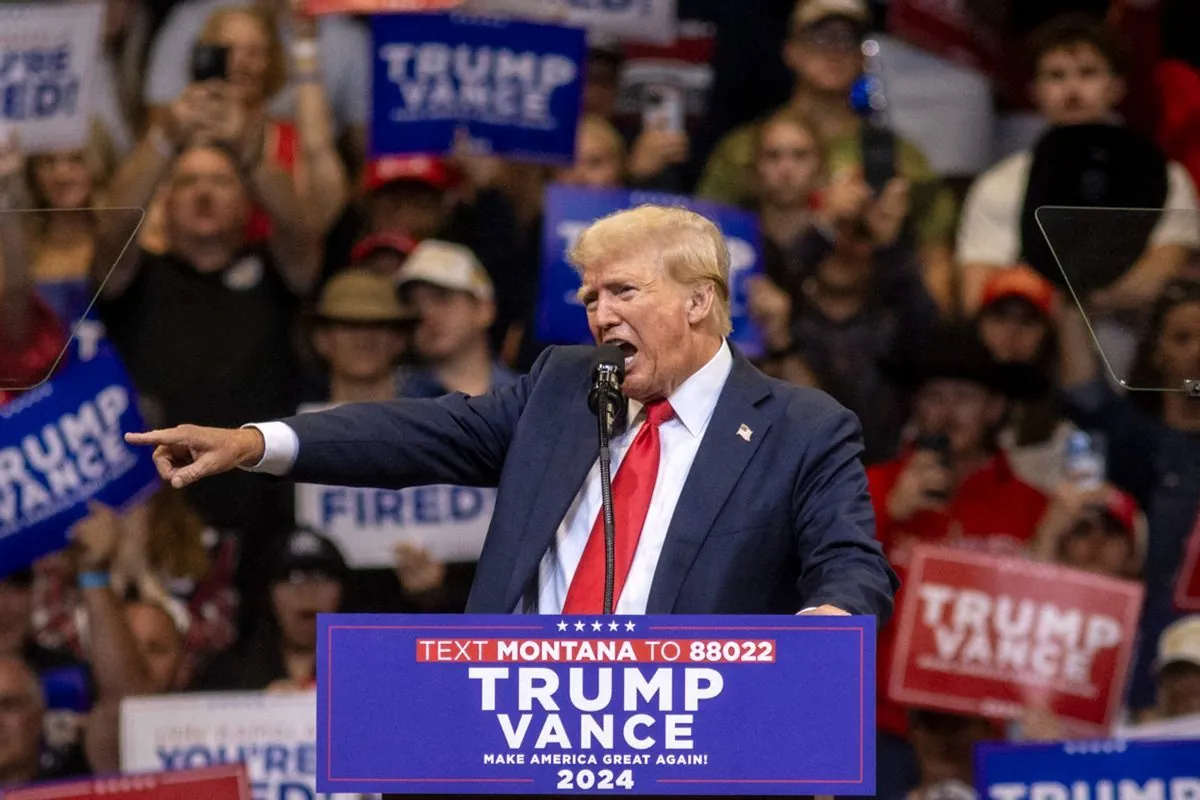Donald Trump's electoral journey presents a fascinating study in polling patterns and voter support. Over the course of three presidential elections, a consistent trend has emerged, with Trump's backing hovering around the 46-47% mark.
In the 2016 and 2020 elections, polls underestimated Trump's support. This discrepancy was particularly notable in 2016, when his backing surged in the final week of the campaign. The 2020 polls, however, simply missed the mark more broadly.
Despite these polling inaccuracies, Trump's actual vote share remained remarkably stable:
- 2016: 46% of the vote
- 2020: 47% of the vote
This consistency extends beyond general elections. Trump holds the unique distinction of winning the presidency in 2016 despite securing less than 50% of votes in both the primary and general elections. This feat underscores the complexities of the U.S. Electoral College system, which determines the winner rather than the popular vote.
The 2024 election cycle initially seemed poised to break this pattern. Early polls showed Trump garnering 50% or more support in about 20% of surveys, a significant improvement from previous years. However, this trend shifted dramatically with Joe Biden's decision not to seek reelection.
With Kamala Harris as the presumptive Democratic nominee, recent polls indicate a return to familiar territory for Trump. Current averages from various polling aggregators place his support between 43% and 47%, echoing his performance in previous elections.
"Trump is at … 47 percent, down from 48 when Biden dropped out."
This shift coincides with a surge in Democratic enthusiasm following Harris's nomination. As the first woman, African American, and Asian American vice president, her candidacy has energized the Democratic base. This enthusiasm may contribute to increased poll participation among Democrats and a consolidation of support that had previously been considering third-party options.
The upcoming Democratic National Convention, scheduled for August 19-22, 2024, in Chicago, is likely to further boost this momentum. Historically, conventions have served as rallying points for party unity and voter engagement.
Trump's response to these developments has been telling. His public statements expressing hope for Biden's return to the race suggest a recognition of the changing dynamics. Against Biden, Trump had shown signs of majority support in some polls. The contest with Harris appears to have reset the electoral landscape to more familiar territory.
As the 60th quadrennial presidential election approaches, it's crucial to remember that polls are snapshots in time, not predictions. The 2024 race, with its unique set of candidates and circumstances, promises to be as unpredictable and closely watched as its recent predecessors.
